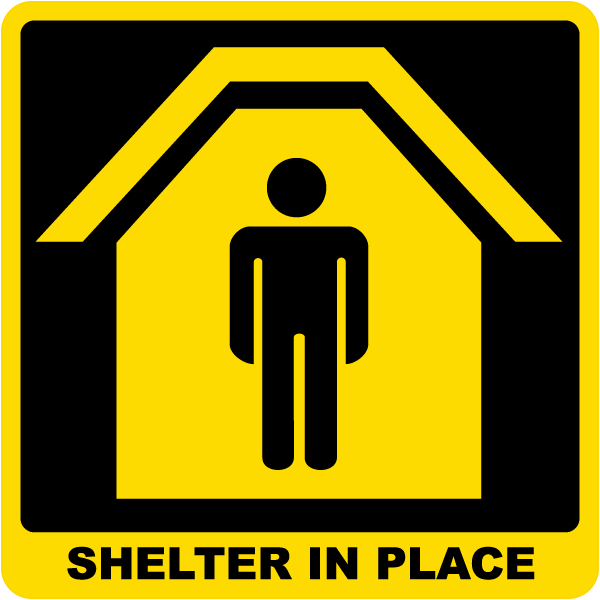
Be Prepared - Shelter In Place
Learn what to do if a shelter-in-place advisory is given and how you can prepare.
Sheltering in place means protecting yourself by finding the safest nearby area and maximizing distance and barriers from the threat. The specific action will depend on the type of hazard and your location. Authorities will issue a shelter-in-place advisory if it is determined that an outside hazard is a threat to life safety and an evacuation would pose a greater risk.
Planning for any situation is ideal. Consider the places you or your household may commonly be such as: at work, at school, travelling or struck in traffic, etc. Each situation will require a different approach if you need to shelter in place. Take a few minutes to identify spaces in these situations that could become a shelter if needed.
If advised to shelter in place:
- Bring everyone inside
- Gather your emergency supplies
- Secure your shelter
- Listen to direction from authorities
Reasons to shelter in place:
Severe Weather
Thunderstorms, tornadoes, and blizzards are types of severe weather that are common in Alberta. These hazards can be unpredictable, move quickly, and cause widespread devastation.
If you’re at home during severe weather, bring all household members and pets indoors, if it is safe.
If you are in a mobile home or vehicle, your response will depend on the threat.
- During thunderstorms or blizzards, find nearby shelter in a building with a solid foundation if possible. If a solid building is not available, your vehicle can protect you.
- During extreme winds or a tornado, exit the vehicle and take cover in a ditch, culvert or low-lying area immediately. Cover your head for protection, beware of flooding from downpours, and be prepared to move.
Use this Shelter in place - Severe weather fact sheet to help you plan and prepare for different situations.
Hazardous Air Quality
How you take shelter will be impacted by the type of air quality hazard and your location when the hazard becomes a threat.
Contaminants can be accidentally released into the air by industrial or vehicle accidents, train derailments, etc. These contaminants can pose a significant risk to your health if inhaled.
Air pollutants, such as emissions, are different from contaminants. However, pollutants should also be considered harmful as they can cause similar affects, with a varying degree of severity to your health.
Use the interactive Air Quality Health Index (AQHI) map or download the AQHI Canada App to track air quality in your community.
Use this Shelter in place – Hazardous air fact sheet to help you plan and prepare for different situations.



